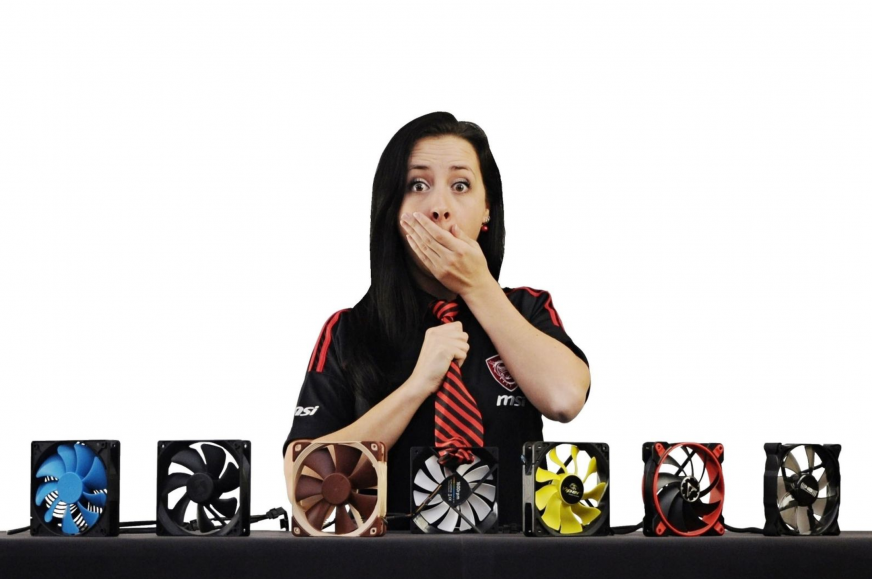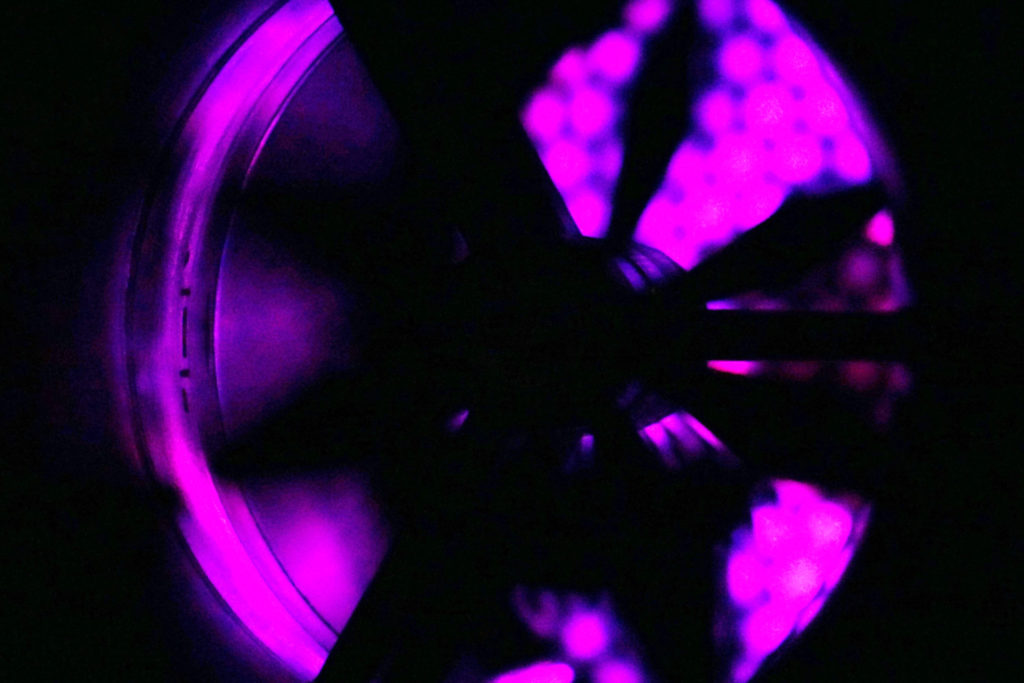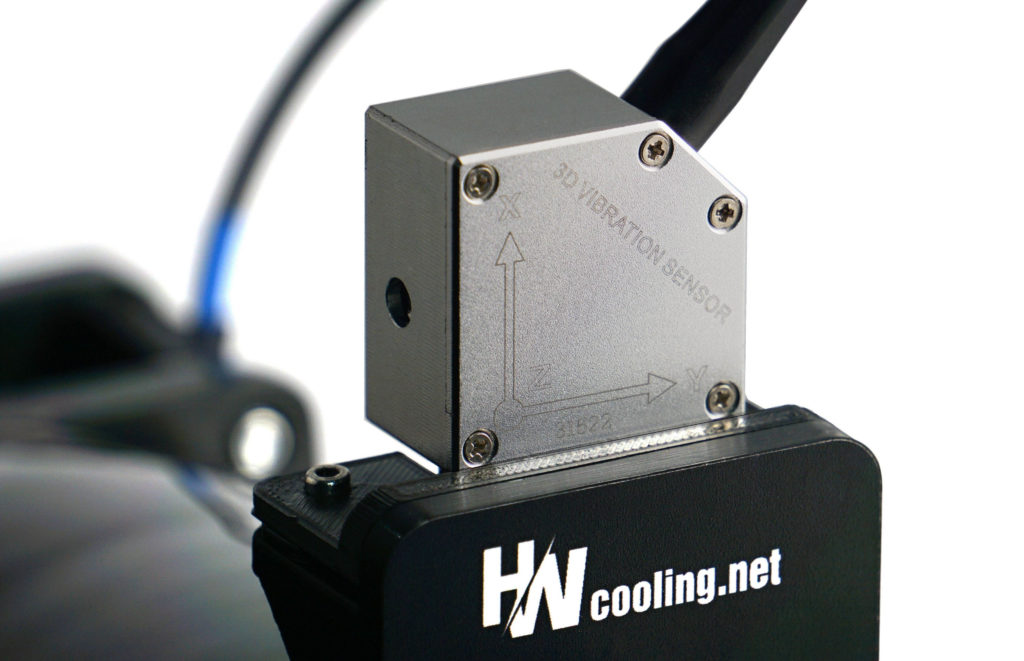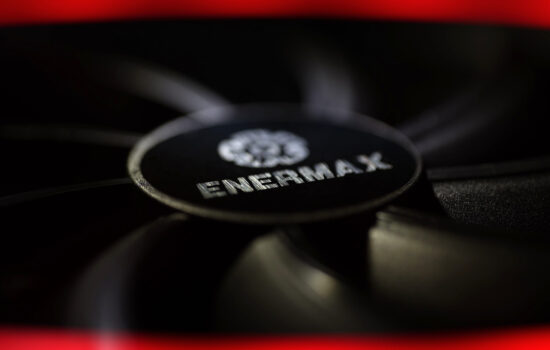The second half of 2023 marked by fans
The small pause in fan testing is coming to an end. The next period will be highly active in this respect. And not only in terms of the standard tests you are used to. These will be interspersed with unusual thematic analyses from areas that historically no one has paid much attention to. Everything will be written simply, poignantly, in a popular way, and eventually, at the finish line of the first stage, we’ll create a dense encyclopedia as well.
Good news for those of you who come to us mainly for fan tests – the dry season will be replaced by a fruitful phase in the coming months. That’s the way we’ve planned it for a long time, although the more than a month long fast has been a bit longer than we’d anticipated. Most of the things we were behind on in other topics, which include especially the extremely time-consuming tests of graphics cards or motherboards, are behind us, so now we can devote almost all our energy to fans.
From July to December, we will be testing 3 to 5 fans per month so that there will be the promised 70 models at the end of the year in a side-by-side comparison. We’ve already gotten into this pace a couple of times in the past, but now it’s going to be much more intense, because we’ll also be releasing extra tests that will answer various unanswered fundamental questions about computer fans. We will also be publishing educational articles that will discuss in great detail and clarity ‘how fans work’. We are already firing up a smoke machine to get a better idea of certain phenomena.
In various discussions we often see a misunderstanding of the basics, which is of course what we want to work with. One of the main goals of our efforts is, of course, to make sure that everyone understands all things related to fans perfectly. This will be difficult to achieve because these are more complex topics, but we will do our best to reach as many people as possible through popularisation and various experiments or demonstrations. This will then also benefit the tests themselves, which are all the more attractive the more the reader, knowing ‘what they are reading’, can grasp the results and work with them sensibly.
We are well aware that our fan analyses are far beyond what the casual user can absorb. They are usually discouraged just by looking at the long index of chapters. Without them, however, we would not have sufficient control over the tested fans and it would be impossible to evaluate them comprehensively and fairly. That’s not to say that we don’t see ways to reach users who are, shall we say, not that interested in fans in that depth. We have found one way that we believe will have an effect. We will turn the large amount of data we have into a “quick” and visually appealing form.
We will produce relative and partial rankings with percentages in a forthcoming publication, which will be published in book form. This means that we will create a large number of evaluation criteria with different weights, which will be classified by a certain score. This is according to how fans perform in one discipline or another. The result will then be simple “scorecards” with partial percentage scores (according to suitability for a particular application, for example for operation on a radiator), but also overall. This will in turn reflect the overall relative favourability. This consists, naturally, of an aggregate assessment of all the characteristics. However, we will do this in such a way that those criteria that do not interest you (vibration, for example) can simply be filtered out. Putting it all together in a way that is quickly digestible at a glance while not being incomplete material will be a challenge, but somehow we’ll make it work. And we hope that the result will become useful material for the general public.
We won’t promise a release date for this encyclopedia, lest we get stressed out (and then knit the publication with a hot needle). We’d like to have it finished by Christmas, but it’s best not to completely count on it.
One of the things we know for sure already is that there will be multiple releases. The first one will be based on at least 70 fans, and the encyclopedia will see ongoing updates as more fan data is added. So stay tuned, we’ve got interesting things coming up. And something unusual will be arriving as soon as next Monday. 🙂
English translation and edit by Jozef Dudáš














Looking forward to the encyclopedia and whatever’s coming next week! 🙂
The only con of HWCooling’s fan test is the small number of comparable fans. I’m really looking forward to it as more test results for new fans will be added soon.
I also wonder what and how much contents will be covered in the encyclopedia. (I’m surprised because actually I also had the plan to make PC fan encyclopedia that deals with the fans tested by me, but not in a form of book.)
I think you guys can finish this before the release of NF-A12X25 chromax.white ARGB! 😊